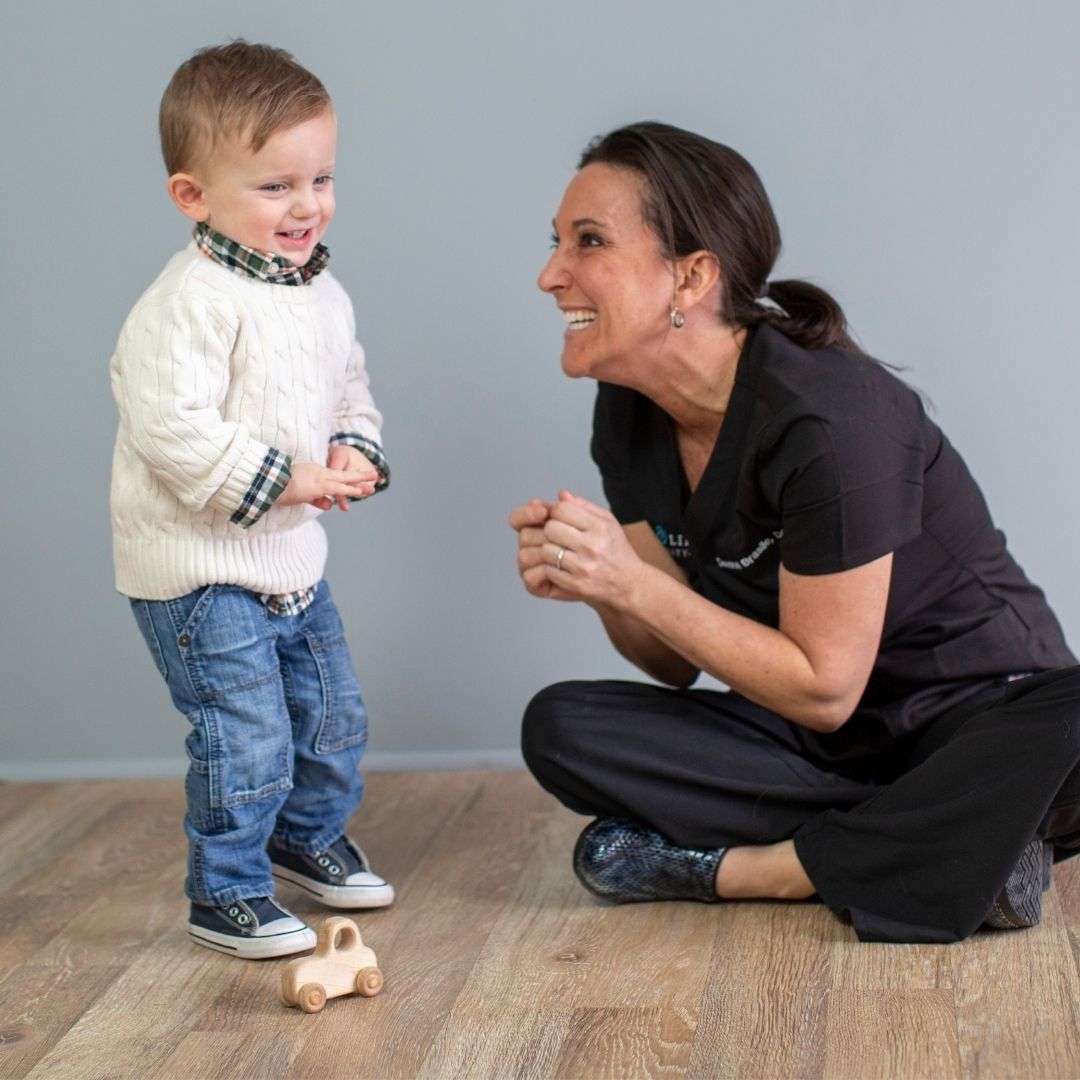What is Reciprocal IVF
In Vitro Fertilization is a highly effective assisted reproductive technology (ART) commonly referred to as IVF. IVF is the process of fertilization by extracting eggs, obtaining a sperm sample, and then manually combining an egg and sperm in a laboratory dish. The resulting embryo is then transferred to the uterus of the person who plans to carry the pregnancy.
Reciprocal IFV is the process of IVF where the egg cell from one partner is fertilized then transferred to the uterus of a different partner. R-IVF allows both partners to participate in a pregnancy in a biologically shared way, with one providing the genetic material and the other carrying the pregnancy.
Who is Reciprocal IVF right for?
Reciprocal IVF can be a great choice for families where two of the prospective parents have a uterus and would like a biological connection to their child. Any family where at least one partner is creating viable egg cells and another is able to gestate a pregnancy can utilize reciprocal IVF.
What is the process actually like?
One IVF cycle takes about six to eight weeks from start to finish. Here are the steps you can expect:
Step 1: Fertility Health Consult
First, you and your partner(s) will meet with your physician for testing and a personalized discussion of your fertility health and family planning goals. Together, you will decide if in vitro fertilization is the right choice for you and create a personalized treatment plan.
Step 2: Ovarian Stimulation – Partner 1
Over a period of 9-12 days, we will stimulate your ovaries with self-administered injections. These injections utilize a thin needle (similar to what a diabetic might use for insulin shots) and are given subcutaneously, which means below the skin (as opposed to in the muscle). You will also have approximately five to seven early morning monitoring appointments to assess whether the injections are working.
Step 3: Egg Retrieval – Partner 1
Once the monitoring shows that the egg maturing process has worked, you will come to our on-site surgery center where your doctor will gently guide a needle attached to a catheter through your vaginal wall to collect your eggs. The painless procedure will take 10-20 minutes and you will be under twilight anesthesia. Most patients don’t even remember the procedure, and you may bring a partner or friend with you if you’d like. There are no stitches or scars and most patients return to work the following day.
Step 4: Fertilization
In our state-of-the-art laboratory, our highly experienced embryologists will oversee the process of the sperm fertilizing the egg. Some patients will benefit from the use of Intracytoplasmic sperm injection (ICSI) and/or ZYMOT sperm separation device during this step of the process
Step 5: Embryo Growth
Over a 3 to 7 day process our embryologists oversee the growth of your embryo(s). Some patients will benefit from non invasive preimplantation genetic testing after this step of the process.
Step 6: Transfer – Partner 2
During embryo transfer your doctor will insert a speculum into the patient’s vagina and then, using an ultrasound for accuracy, the doctor will then pass a catheter through the cervix and into the womb. The embryos are then passed through the tube during this short, pain free procedure.
How much does Reciprocal IVF cost?
Fertility care can be expensive and for many patients the cost of treatment can be a significant hurdle. The actual cost of fertility treatment is based on a number of factors including your fertility goals, treatment plan, insurance coverage and prescription benefits.
At Main Line Fertility, we offer financing, an IVF refund program, discount programs, and clinical research trial opportunities to make care accessible for more patients.
Please contact us to schedule a fertility health consult and discuss IVF costs for your specific needs.
How many rounds of Reciprocal IVF should we expect?
When it comes to any fertility process, there are so many variables at play (age, hormone levels, other medical considerations) so we can’t say exactly how long it will take for any one person to conceive. But when it comes to IVF, there are some specific things we know:
-
On average, a single IVF cycle has between a 28-48% chance of resulting in successful pregnancy and live birth (compared to up to 20% per cycle with IUI).
-
It is generally recommended that families trying to conceive plan for three to four IVF cycles, and you should know that chances of a successful pregnancy and birth continue to increase with multiple cycles.
-
With egg and embryo freezing, multiple IVF cycles can be completed with a single egg extraction.
How many partners can be involved in this process?
One aspect of reciprocal IVF that is most appealing is that it allows a deep level of partner inclusion and teamwork. The sharing of the responsibility of creating and growing their child can be an ideal for some families.
Partners are ideal support people before, during, and after any medical procedure. Let your partner know what kind of support you need– physical, emotional, or otherwise– so they can give you the support you need.
Partners can also do a lot of the logistical and emotional labor involved in a conception process. They can call to book appointments, pick up prescriptions, ensure sperm is transported safely, and more! Fertility processes go well when both partners feel equally engaged and invested in the process. Don’t be afraid to ask for help from your partner, to offer help to your partner, and to ask for what you need (regardless of whether you’re the person conceiving or not).


